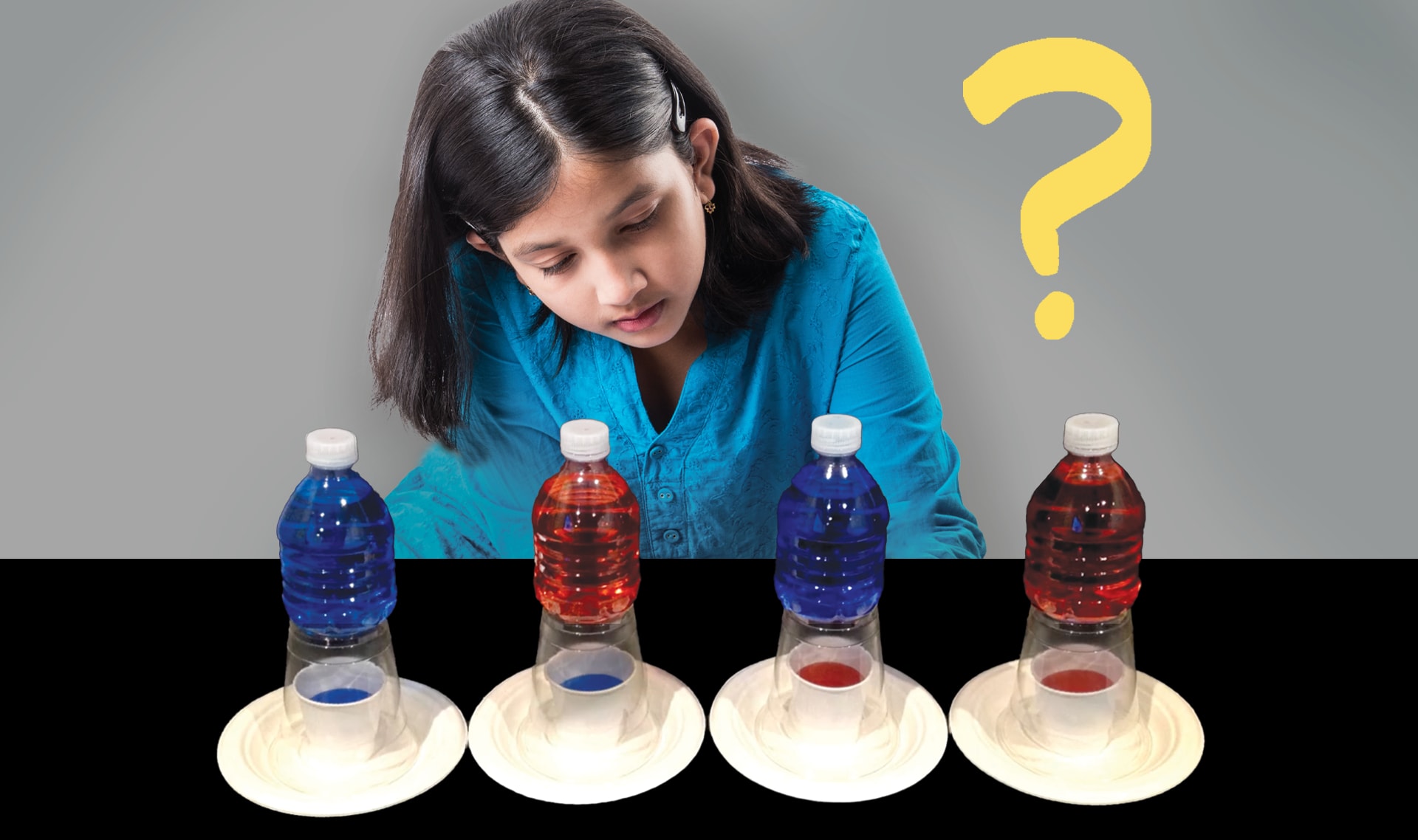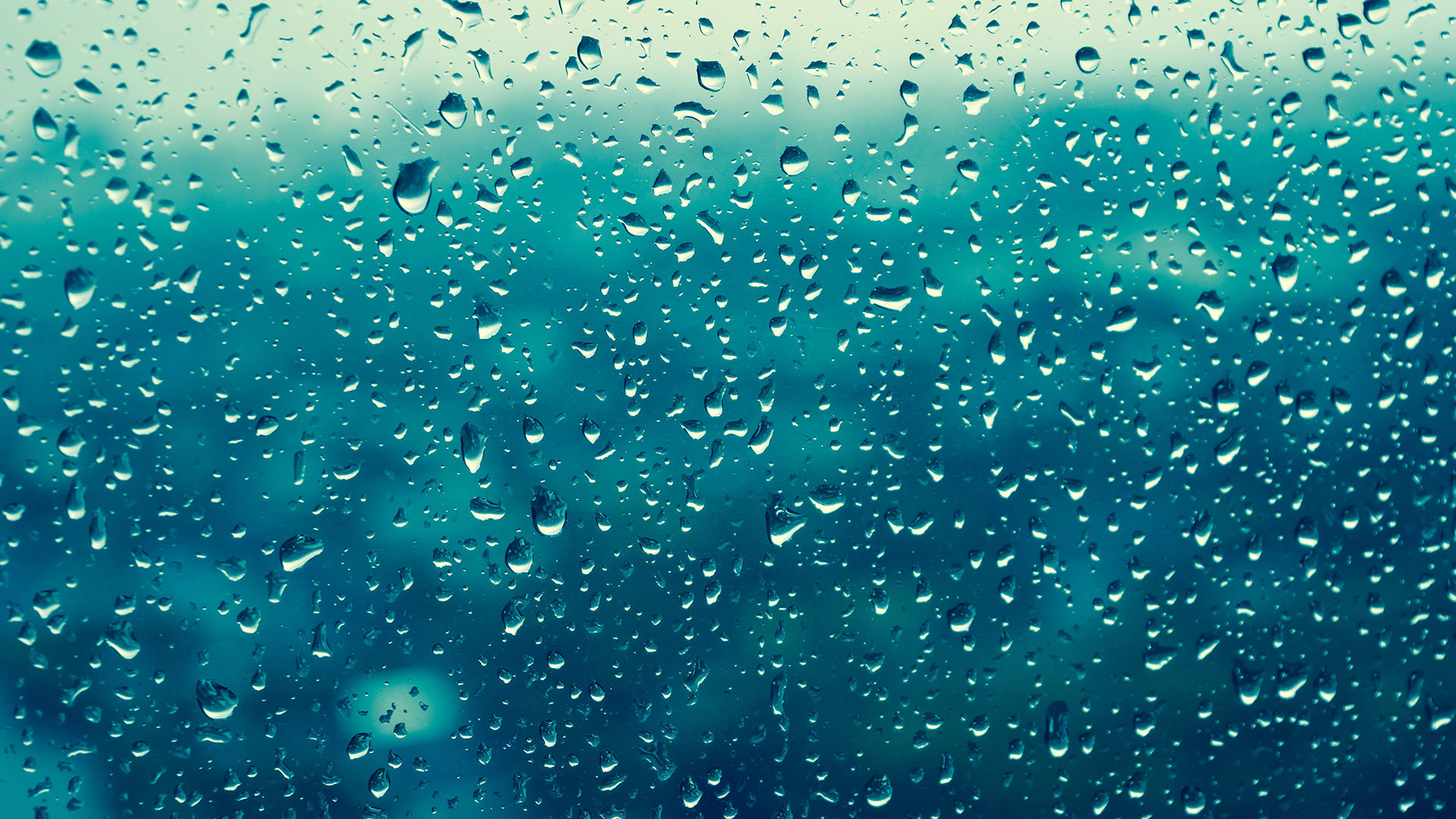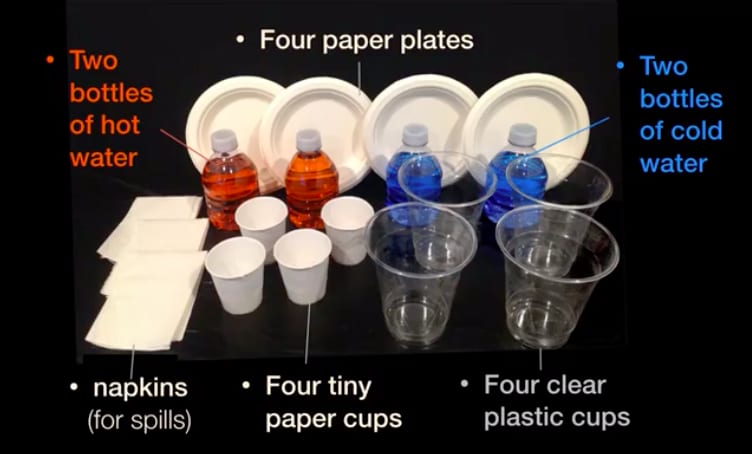
CONVERSEMOS:
Imagínate que vives en la misma ciudad que el hermano de Pat. ¿Qué podría hacer la ciudad para evitar que se acabe el agua dulce? ¿Tienes alguna idea?

PIENSA Y DIBUJA:
¿Qué hace que llueva? ¿Cómo llega el agua a las nubes?
Haz un dibujo de tus ideas. Escribe lo que es cada cosa en tu dibujo para describir lo que piensas que sucede.

CONVERSEMOS (1 de 2):
¿Alguna vez has visto cómo se forman gotitas de agua sobre algo?
Ve a la siguiente página para ver los ejemplos que se nos ocurrieron a nosotros.
Ejemplo (1 de 3): El espejo en el baño después de que te bañas.
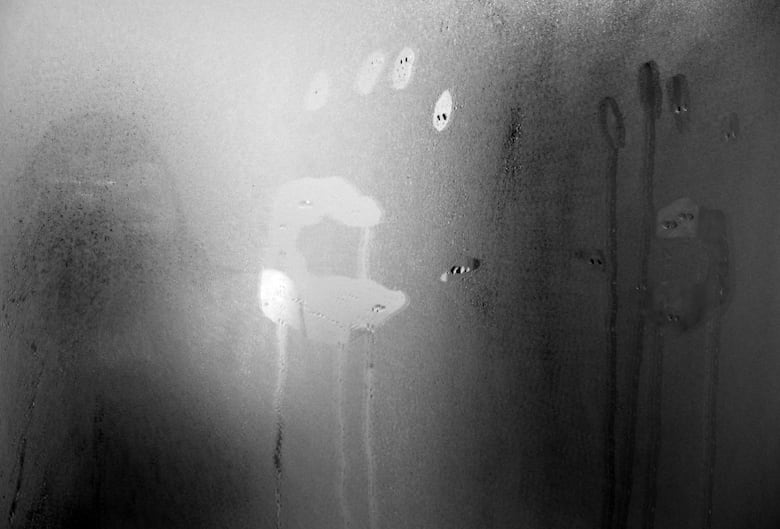
Ejemplo (2 de 3): La parte de afuera de un vaso frío.
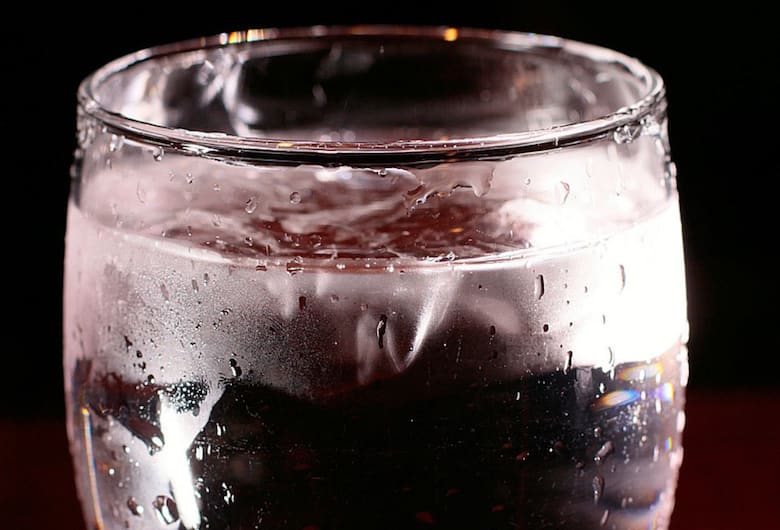
Ejemplo (3 de 3): Las briznas de pasto en la mañana.
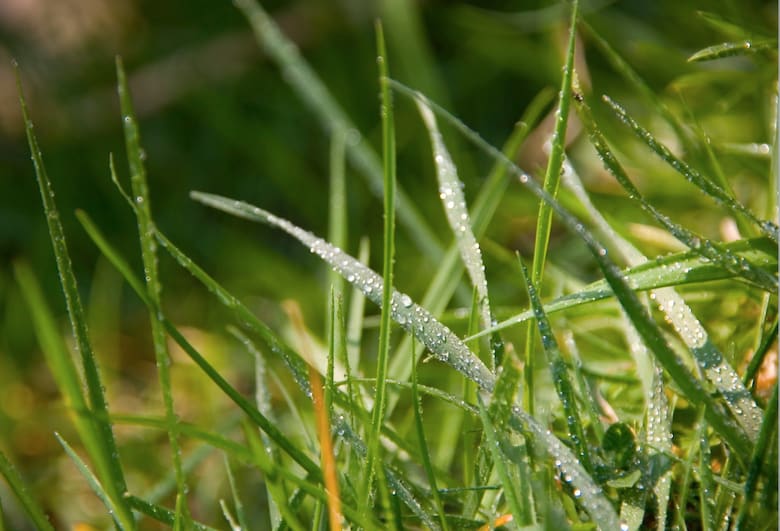
CONVERSEMOS (2 de 2):
¿De dónde crees que salieron las gotitas de agua? ¿Por qué crees que se formaron sobre esas cosas?
Pista...
La evaporación (cuándo el agua se convierte de un líquido a un gas) tiene que ver con la temperatura: entre más caliente esté el líquido, más rápido se convierte en vapor. ¿Puede ser posible que el convertir el vapor en agua líquido también tiene que ver con la temperatura? Piensa en los ejemplos que acabas de ver.


01/14

02/14
atmósfera donde se encuentran las nubes. Conversemos:
¿Quién crees que tenga la razón? ¿Por qué?

03/14
mostraré cómo hacerlo, pero todavía no lo hagan.

04/14
Juntos, hagan un plan. Decidan cómo va a ser cada una de las
cuatro versiones del experimento.

05/14
predicciones.

06/14

07/14
(A, B, C o D).

08/14
Luego, fíjate en tu hoja de trabajo para ver qué tipo de agua
debes usar para el océano y para el cielo.

09/14
Cúbrelo con el vaso que representa el cielo y coloca la botella
que elegiste encima.

10/14
del experimento. Cuando se acabe el tiempo, escribe tus
observaciones en las preguntas número uno, dos, y tres.

11/14
Luego dibujen lo que pueden ver en la pregunta número cuatro.

12/14
versión del experimento. ¿Pueden hacer que llueva?

13/14

14/14
el océano y el cielo para formar gotas de lluvia.

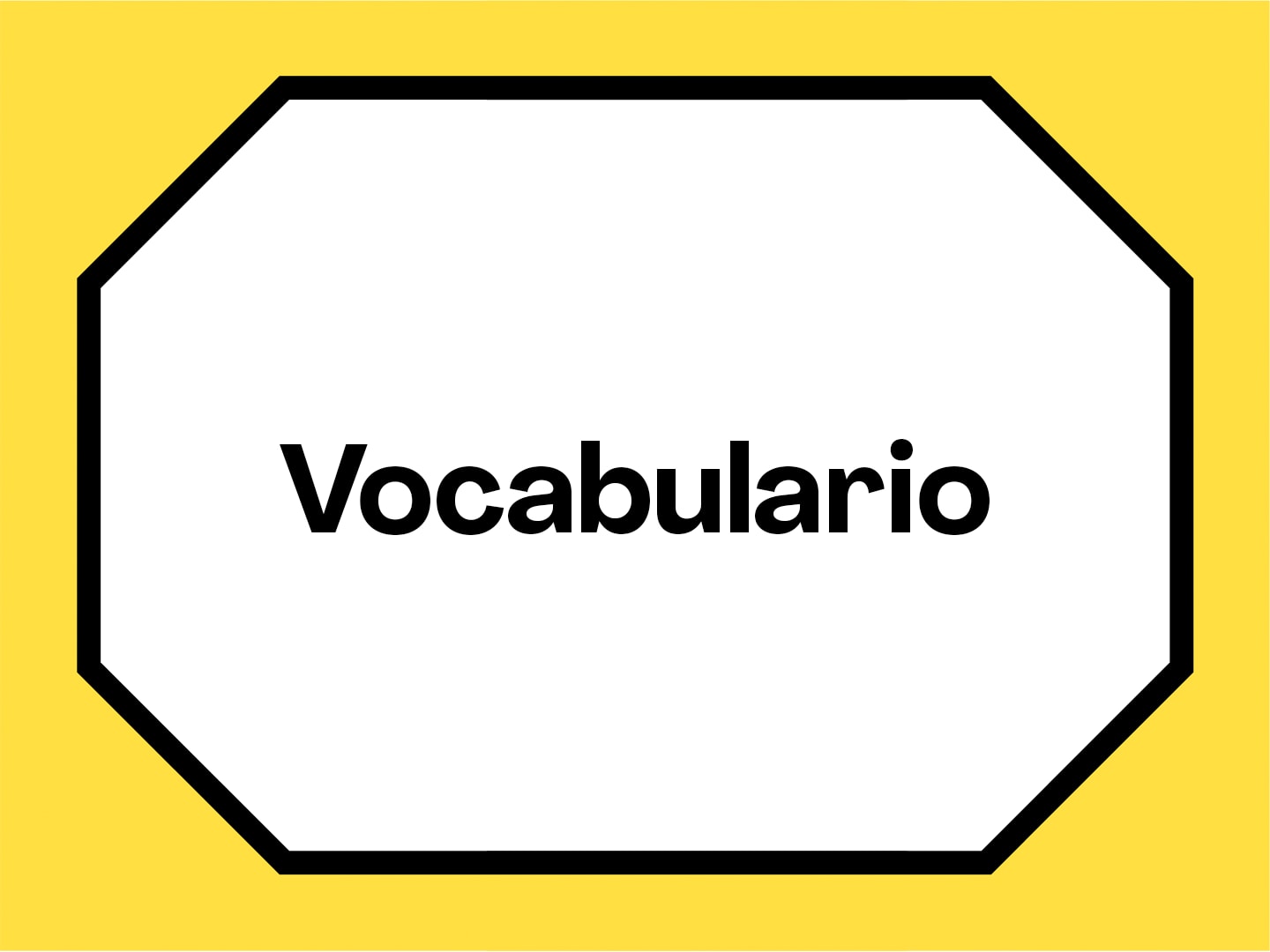

hervir

evaporación
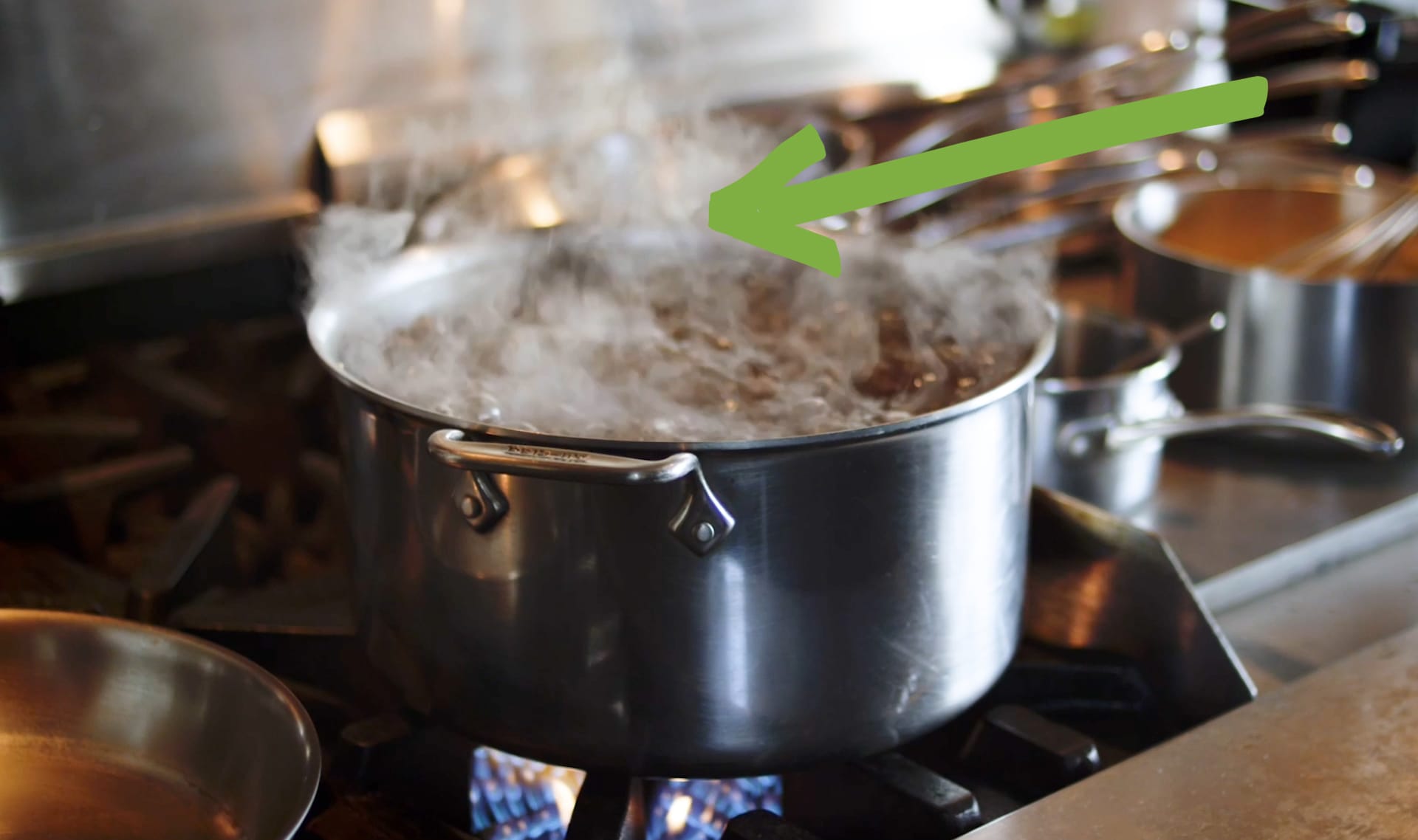
vapor
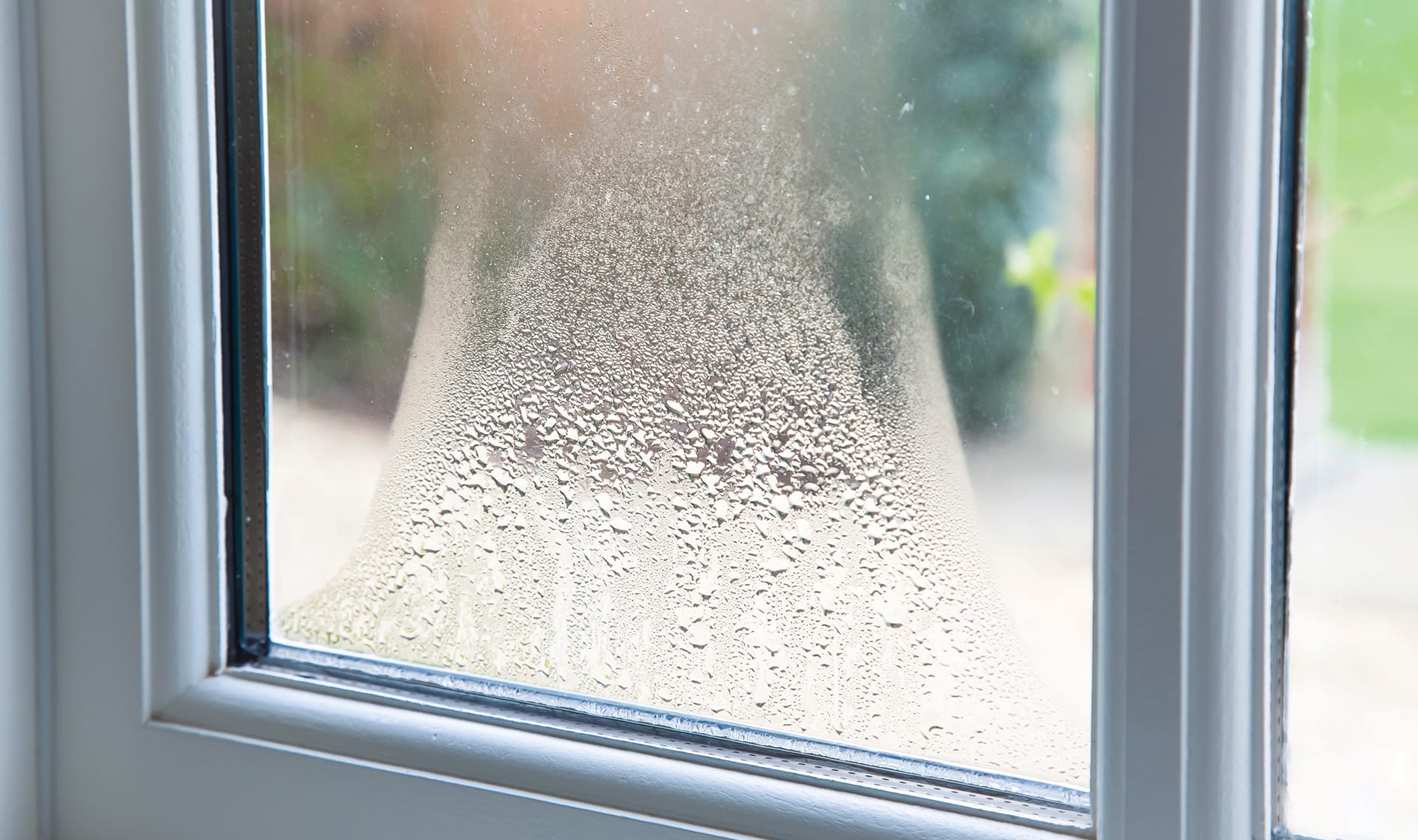
condensación
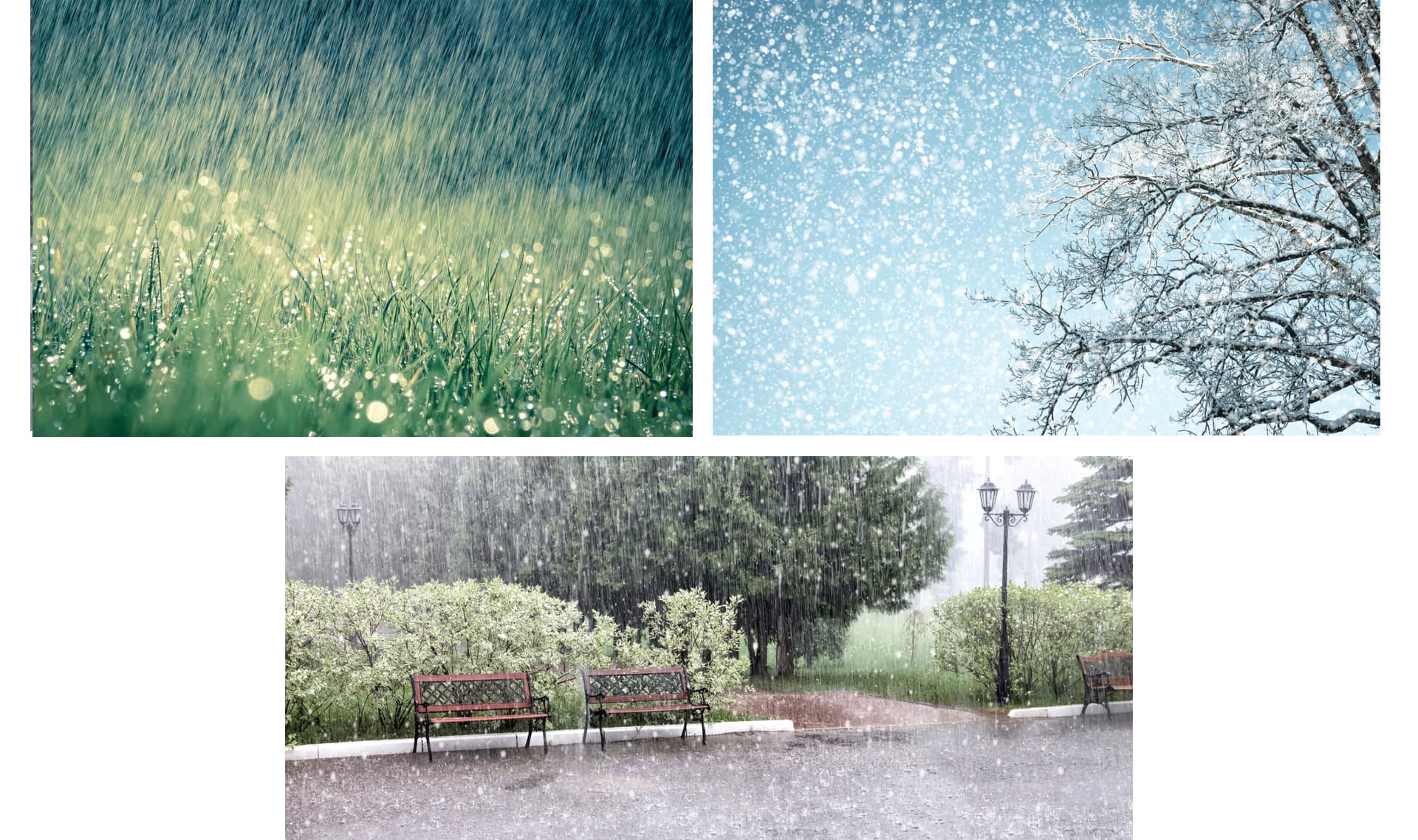
precipitación
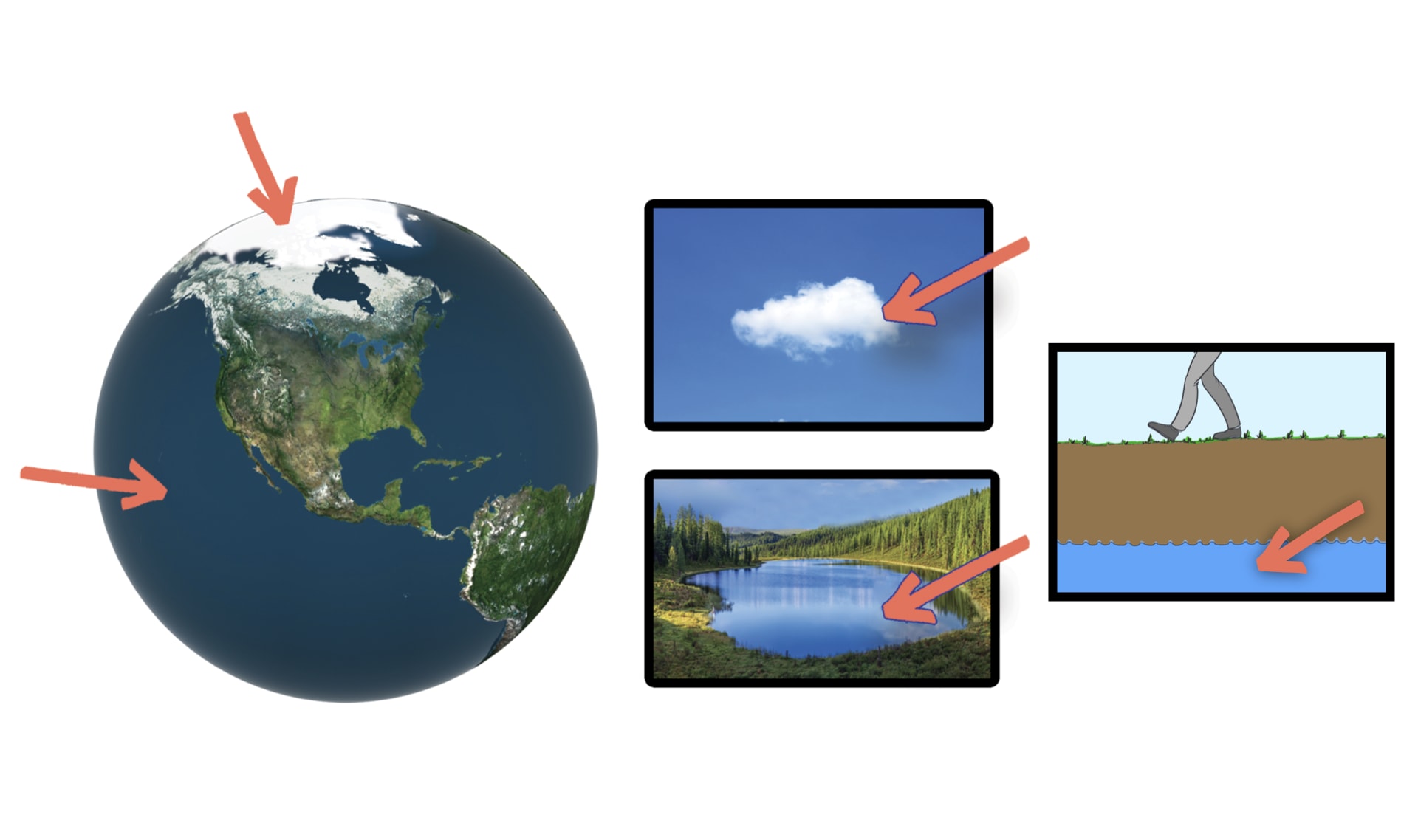
hidrosfera

atmósfera
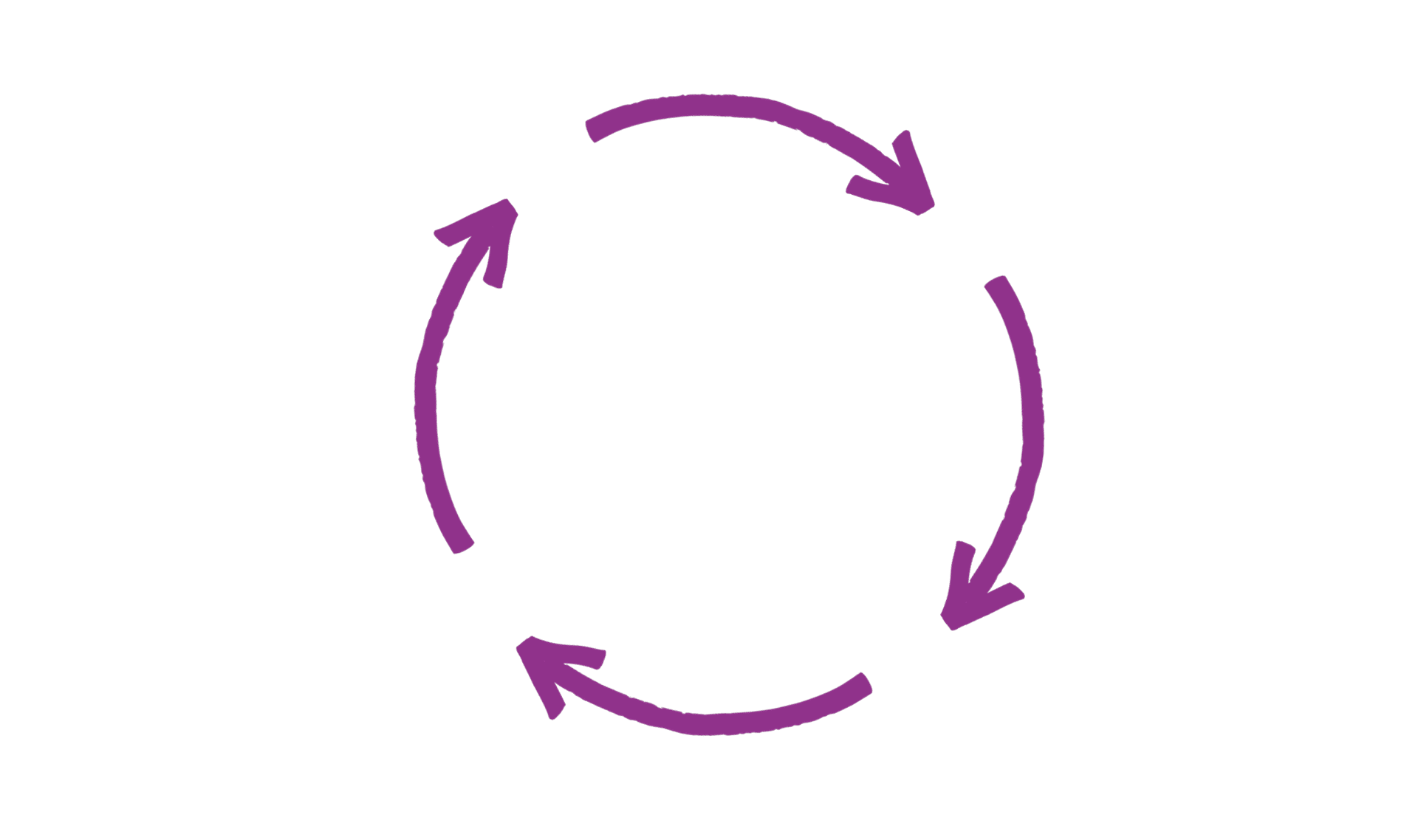
ciclo
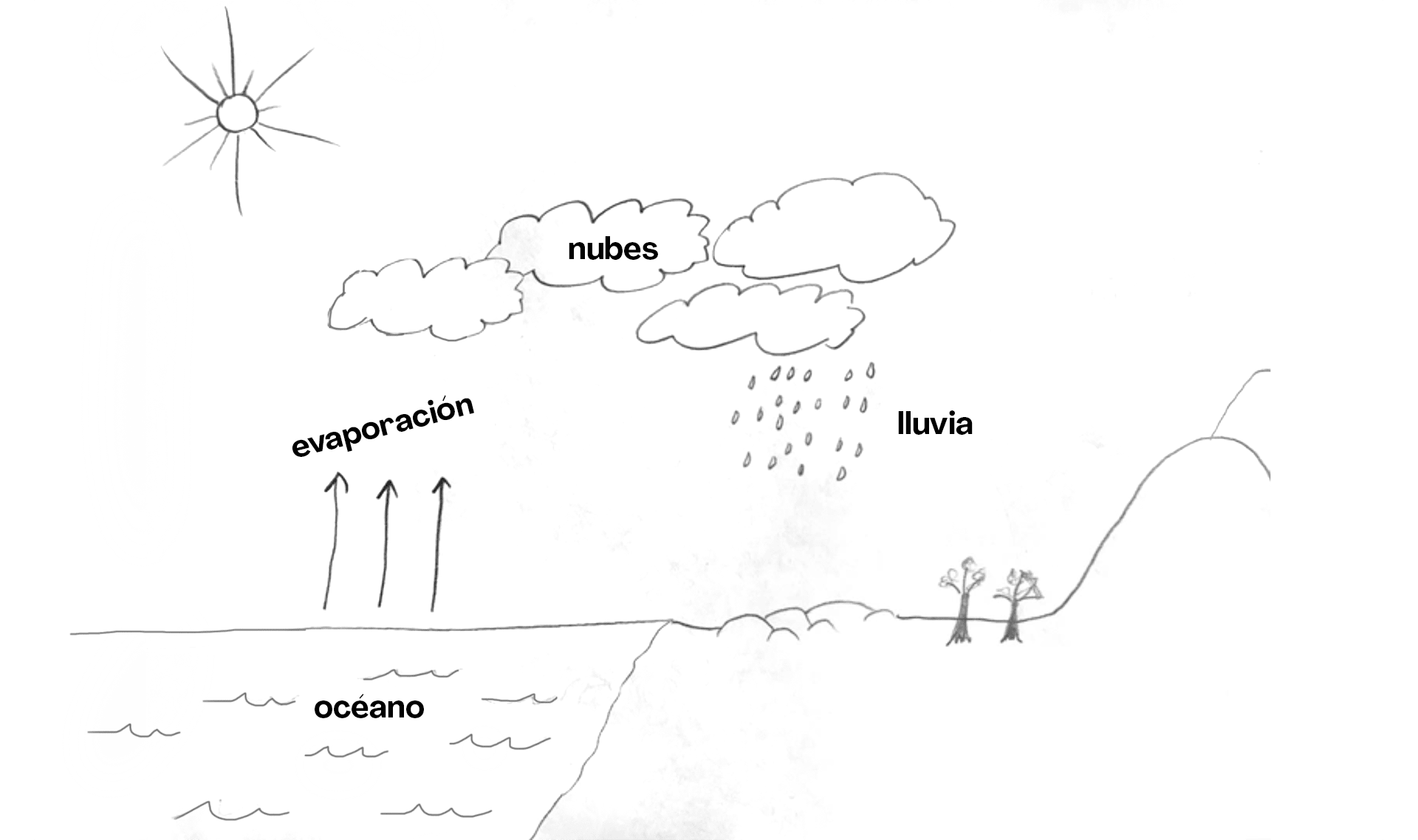
ciclo del agua

temperatura
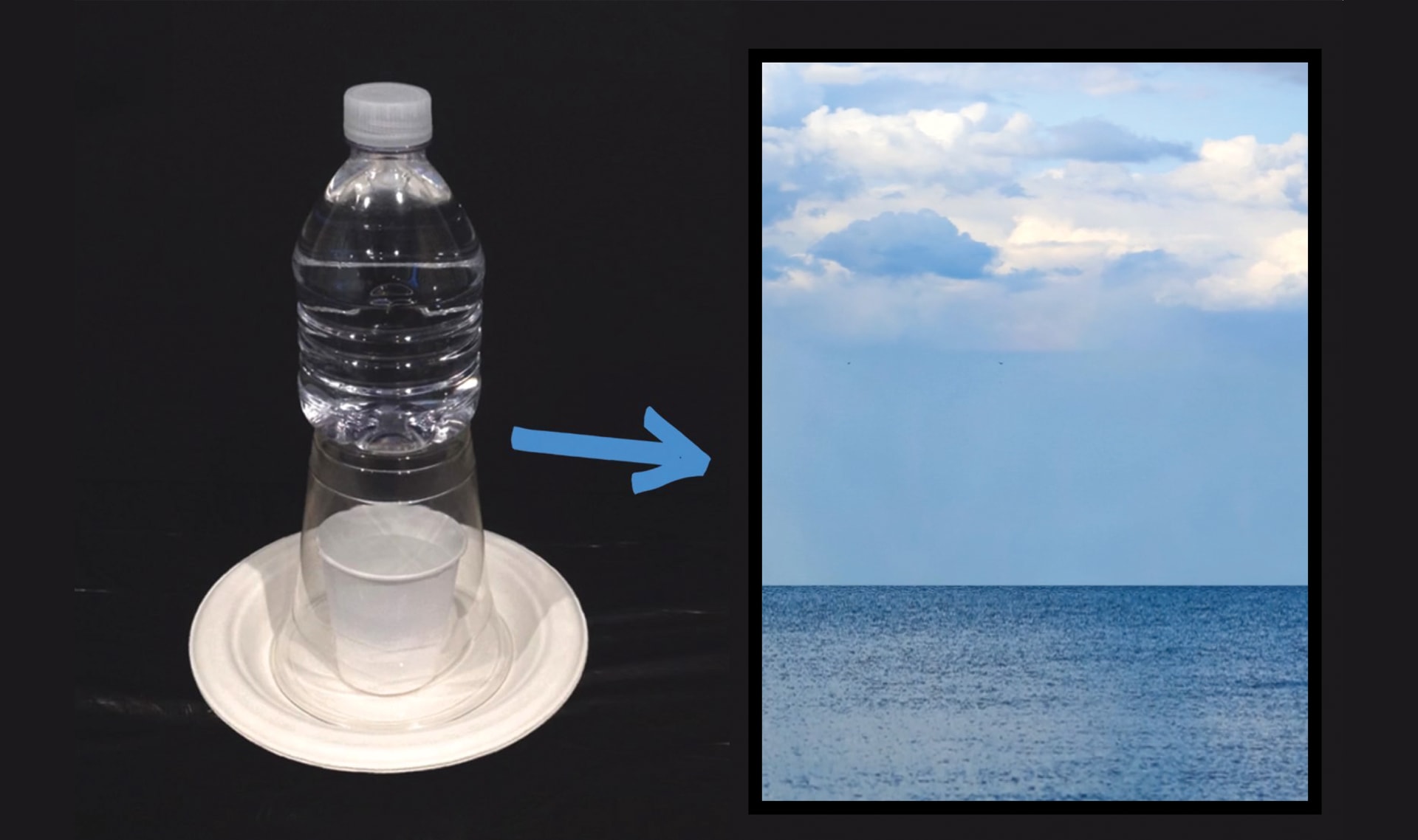
modelo
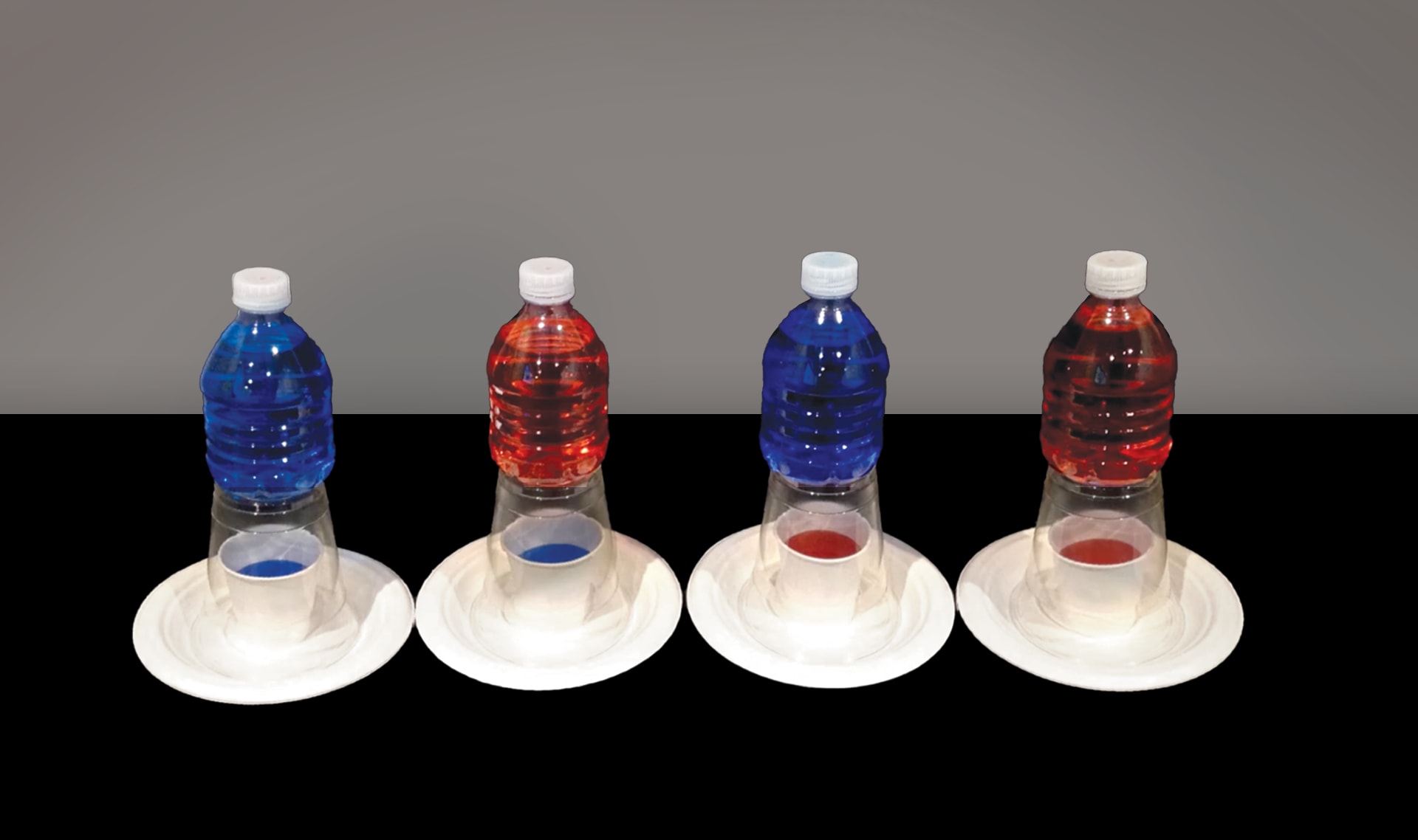
experimento
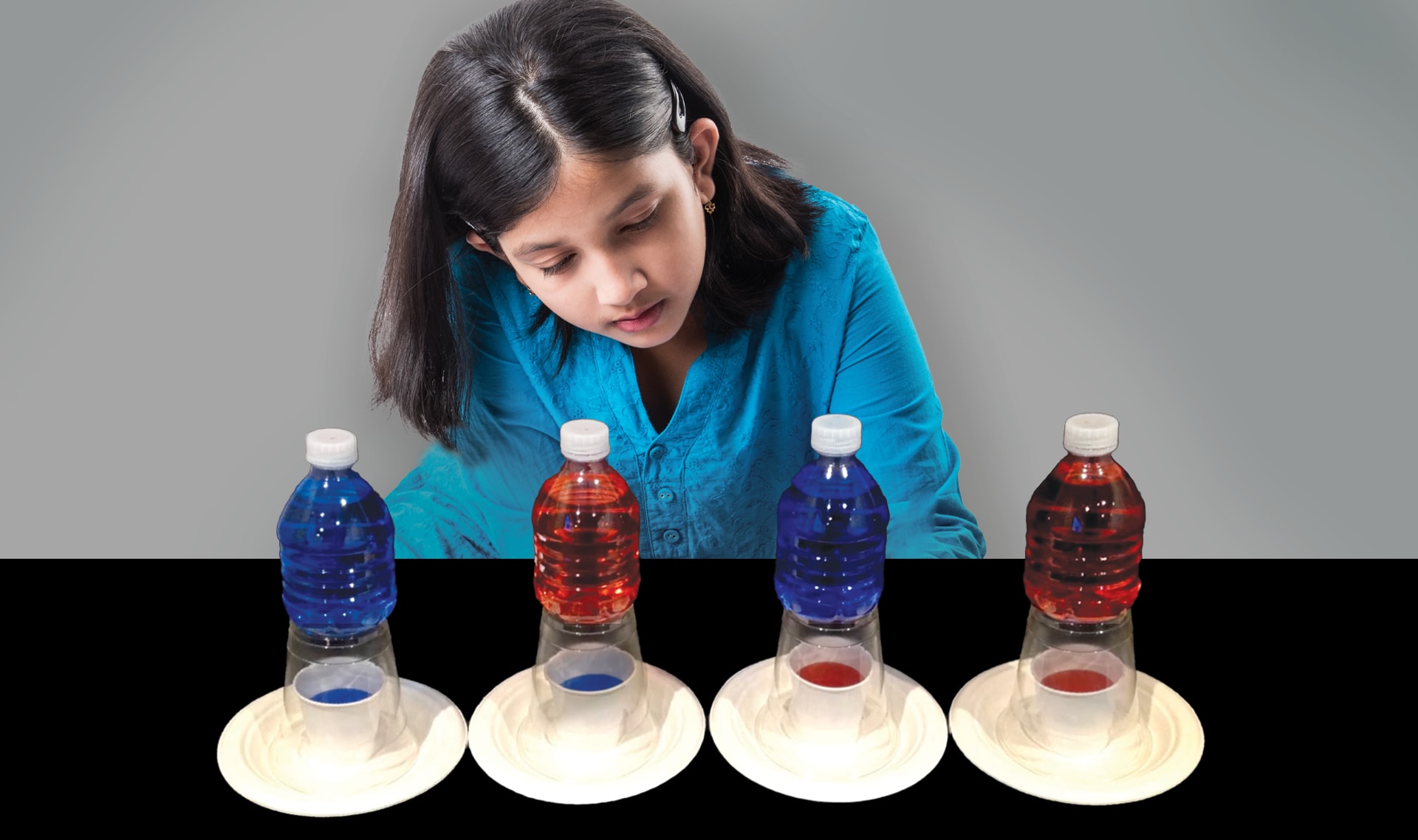
observar
